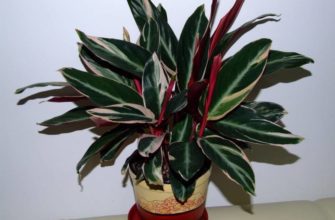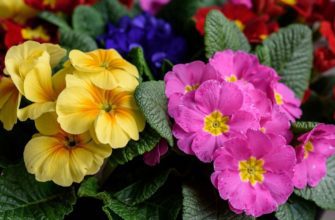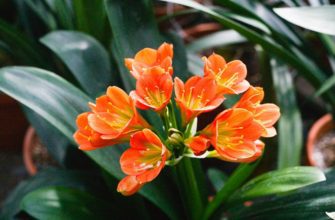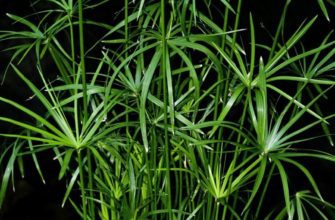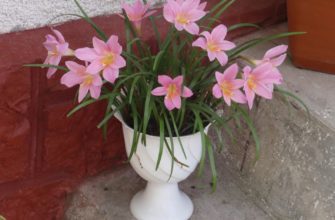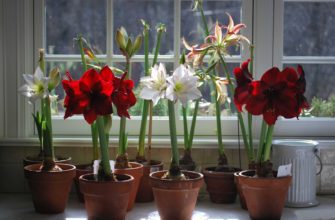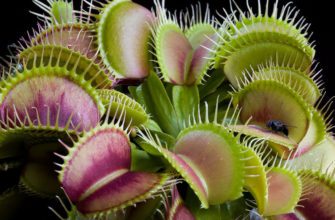Cineraria is an amazing flowering plant that attracts attention with its bright and colorful flowers. Due to its beauty and variety of species, cineraria has become a popular choice for landscaping gardens and interior decoration. In this article, we will look at various aspects of growing cineraria, including its description, planting, care, propagation, and popular species and varieties.
In the first section, we will present a description of cineraria, paying attention to its diversity of species and varieties. You will learn about the appearance of cineraria, including the shape and color of flowers and leaves, as well as its unique features that make it so attractive for cultivation.
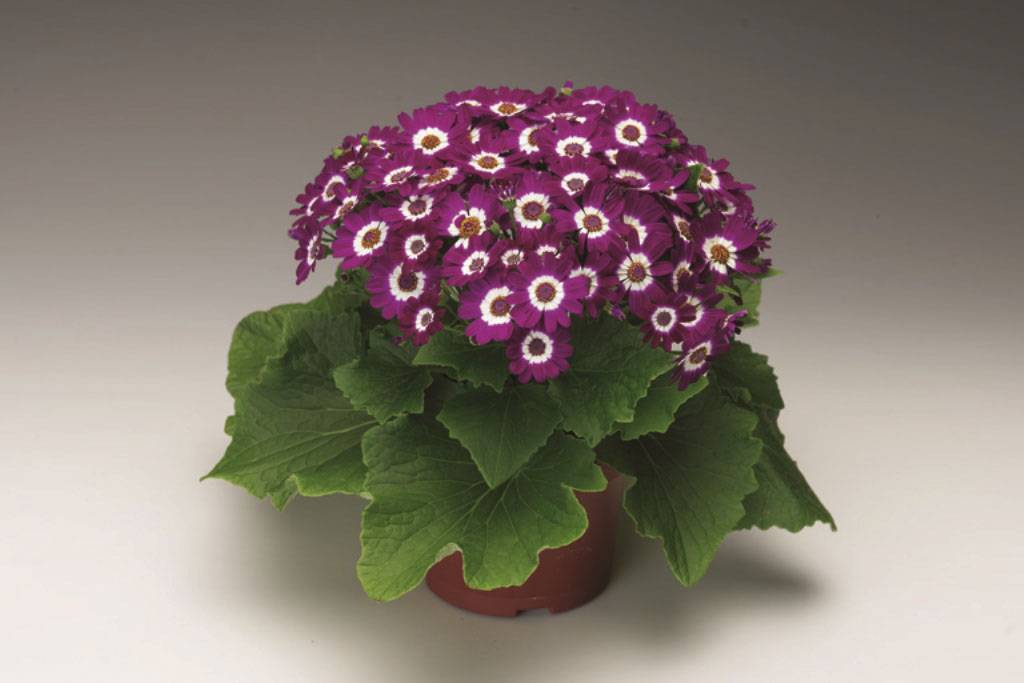
Description of cineraria
Cineraria (Senecio cineraria), also known as silver artichoke, is a beautiful flowering plant that attracts attention with its unusual silvery leaves and brightly colored flowers. This perennial plant belongs to the Asteraceae family and is related to sunflowers and chrysanthemums.
One of the main features of cineraria is its leaves. They have a soft, fluffy silvery hue, which gives the impression of covering the plant with silver dust or dandruff. The leaves of cineraria can be arranged in a rosette or on long, graceful stems, depending on the variety and type of plant. Their texture and color make cineraria attractive both for garden compositions and for use as a houseplant.
When cineraria blooms, it pleases the eye with bright and rich flowers. Cineraria flowers can be of various shades: from blue and purple to pink, red and white. Flowers are collected in small brushes or inflorescences that appear at the tops of the stems. The rich color of the flowers creates a contrast with the silvery leaves and gives the plant an elegant and attractive appearance.
Cineraria is native to the Mediterranean and Africa, where it grows in dry, sunny places. Due to its natural adaptability, cineraria tolerates drought conditions well and has earned a reputation as a plant that can thrive in harsh climates.
One of the attractive features of cineraria is its unpretentiousness in care. It prefers sunny places and well-drained soils. Cineraria can be grown both in open ground and in containers, making it a universal plant for gardens, balconies and terraces.
Cineraria also has medicinal properties and is used in traditional medicine to treat various diseases. Its leaves contain flavonoids and other biologically active substances that have antibacterial and anti-inflammatory properties.
In conclusion, cineraria is a beautiful plant with silvery leaves and bright flowers that attracts attention with its elegance and unpretentiousness in care. Whether in the garden or in the interior, cineraria will be a wonderful addition and decoration of your surroundings.
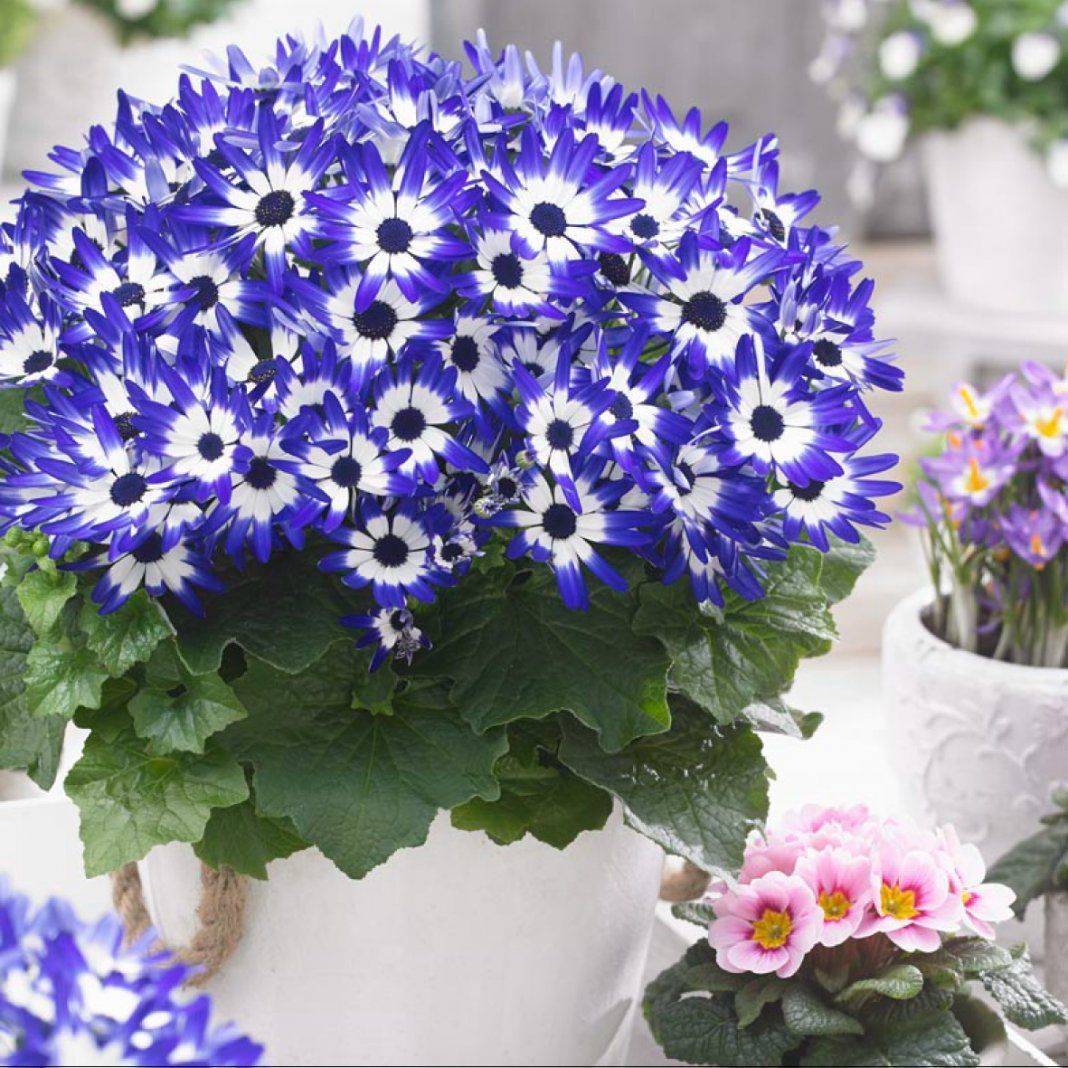
Cineraria: annual or perennial?
Cineraria is an annual plant, meaning it blooms, reproduces, and dies in one growing season. However, there are some varieties of cineraria that behave as perennials in warm climates.
In nature, cineraria grows in tropical and subtropical regions such as South America, Africa and southern Europe. In these conditions, the plant can behave as a perennial, forming a bushy plant with many shoots.
However, in cold climate zones, cineraria is grown as an annual plant. Cineraria is a beautiful plant that is used to decorate a room or garden, thanks to its bright and large inflorescences.
Its seeds are easy to grow and germinate quickly, forming seedlings and blooming within a few months. So, to answer the question, it can be said that cineraria is usually considered an annual plant, but certain varieties can behave as perennials in warm climates.
Typically, cineraria is used as an ornamental plant, which has a very short growing season and is an annual.
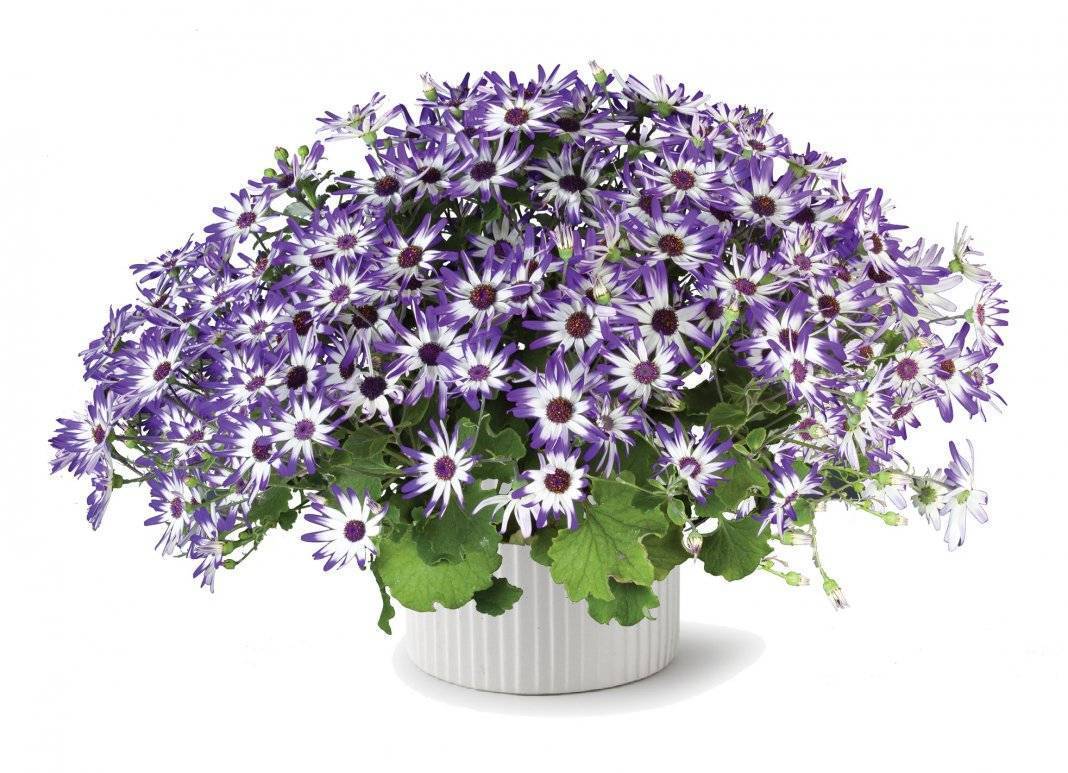
Caring for cineraria
Caring for cineraria is an important aspect that will help the plant thrive and maintain its beauty for a long time. Cineraria is a relatively easy plant to grow, but there are some key aspects of care that are worth knowing. Here are some tips to help you ensure proper care for your cineraria:
- Lighting: Cineraria prefers bright light, but is protected from direct sunlight. Place the plant in a place with bright but diffused light. If cineraria is grown indoors, choose windows with an east or west exposure to provide the plant with enough light.
- Temperature: Cineraria prefers moderate temperatures. The ideal range is around 18-24°C. Avoid sudden temperature changes and protect the plant from cold drafts.
- Watering: Cineraria does not like excessive watering. Water the plant when the top layer of soil becomes slightly dry. However, avoid overdrying the soil, as this can have a negative effect on the plant. Constantly wet soil can lead to root rot. Make sure the pot has drainage holes to avoid stagnant moisture.
- Humidity: Cineraria thrives in moderately humid conditions. Provide the plant with additional humidity by misting the leaves with soft water. This will help keep them fresh and prevent them from turning yellow. You can also use humidifiers or place the cineraria on a tray with damp gravel or sphagnum moss.
- Fertilizer: Cineraria does not require intensive fertilization. During active growth, you can fertilize the plant once a month with a weak solution of fertilizer for indoor plants or an all-purpose fertilizer for flowering plants. Fertilize the plant according to the instructions on the package to avoid over-fertilization and possible root burn.
- Trimming: Pruning cineraria is necessary to maintain its shape and compactness. Remove faded flowers and damaged leaves. You can also do a light haircut to shape the plant as desired. Pruning is best done in spring or after flowering.
- Protection from pests and diseases: Cineraria can be susceptible to attacks from pests such as aphids and spider mites. Inspect the plant regularly for pests and take action to eliminate them. If the plant is affected by diseases or insects, it is recommended to use a gentle and cineraria-safe method of control.
Following these care recommendations will ensure the health and beauty of the cineraria. Also, do not forget to regularly monitor the plant and adapt the care depending on its needs and environmental conditions. Cineraria is a beautiful plant that can become a spectacular accent in your garden or interior.
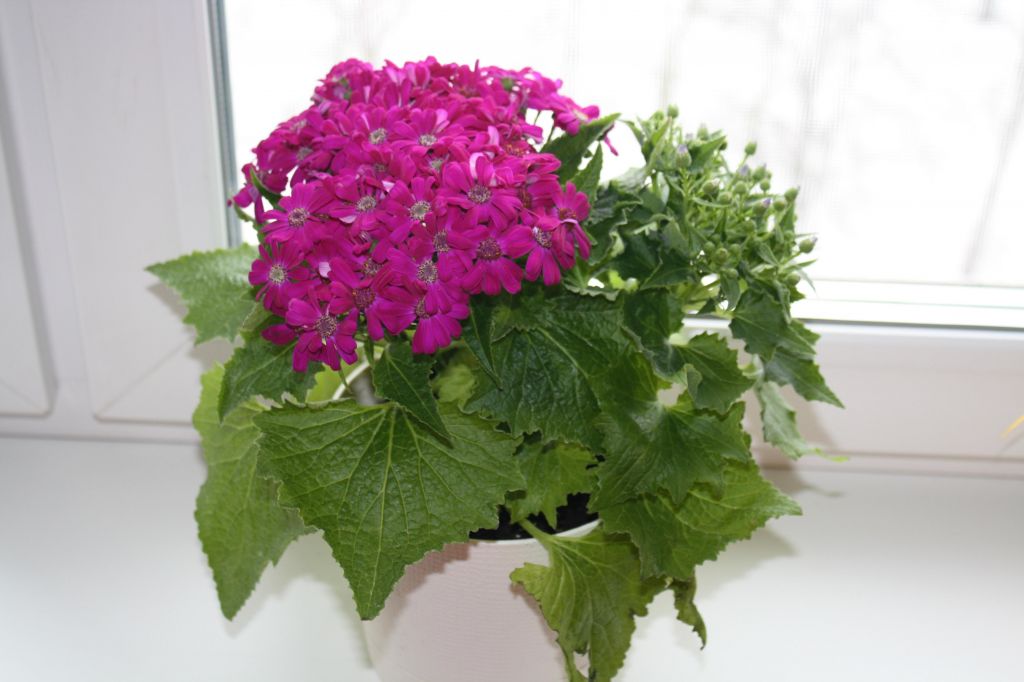
Watering and fertilizing
Cineraria prefers regular care, including watering and fertilizing, to ensure healthy and beautiful growth.
Watering:
Generally, cineraria likes moist soil but does not tolerate flooding. The size and type of pot, as well as the location of the plant, can affect the frequency of watering. Do not leave the pot on a tray of water to avoid overwatering.
The frequency of watering also depends on the time of year. During the summer or in hot climates, cineraria needs more frequent watering than in the winter or in cool climates. If the soil is wet to the touch, the plant does not require watering, but if it is dry, water shallowly.
Fertilizer:
Cineraria needs additional nutrients to grow healthy and beautiful. It is recommended to use universal fertilizers that contain the necessary microelements.
Fertilize cineraria every two weeks during active growth, starting from the moment the first shoots appear and throughout the flowering period.
The use of organic and mineral fertilizers is permitted; cineraria can be fertilized in advance after watering or watered with clean water beforehand.
Other care tips:
Cineraria prefers bright sunny conditions and moderate temperatures. It is recommended to keep the plants on southern and eastern windows.
Cineraria leaves are very sensitive to cold air, so it is necessary to eliminate drafts and maintain a certain temperature in the room. It is also important to avoid abundant watering, especially during winter and autumn, as this can cause the death of the plant.
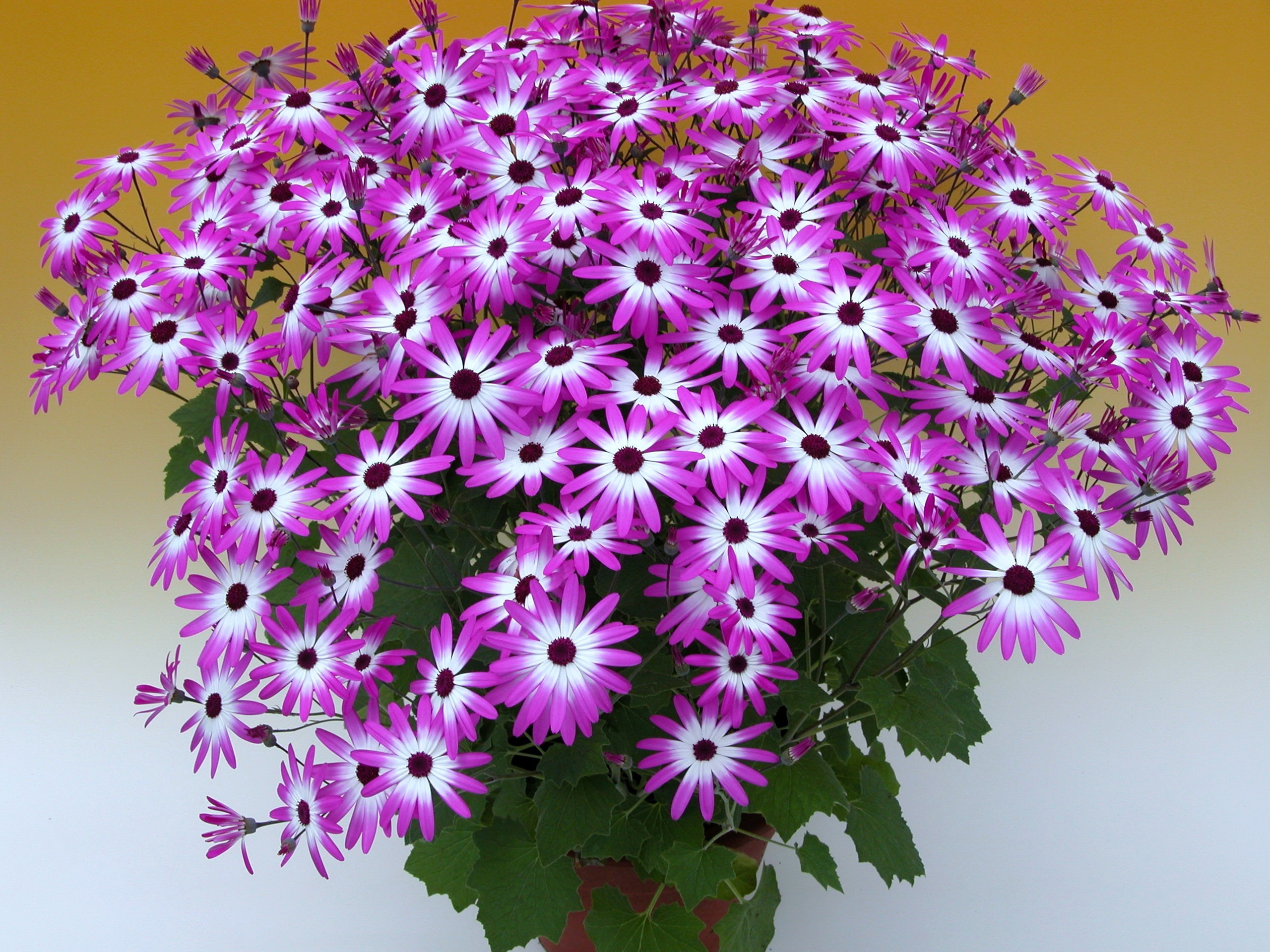
Reproduction of cineraria
There are several ways to propagate cineraria, including seed propagation, division of the bush, and cuttings. Each of these methods has its own characteristics and can be successfully used to breed and spread this beautiful plant. Here is a detailed description of each of these methods of propagating cineraria:
Seed propagation
Seed propagation is the most popular and accessible way to propagate cineraria. To do this, you need to collect ripe seeds from the cineraria flower. After collecting the seeds, you can plant them in containers with suitable soil or seed trays.
It is recommended to use fresh seeds as they have a better chance of successfully germinating. Cineraria seeds usually germinate quickly under optimal conditions.
Provide them with bright but diffused light, moderate soil moisture and maintain an optimal temperature of about 18-24°C. Once the seeds have sprouted and reached a sufficient size, they can be transplanted into individual pots or into open ground.
Dividing the bush
Bush division is a method of propagating cineraria that involves dividing an established bush into two or more parts. This method is especially suitable for perennial cineraria species that form compact bushes over time. To divide a bush, select a mature and healthy cineraria bush.
Carefully remove it from the pot or soil and divide it into several parts, paying attention to preserving the roots of each part. Make sure that each new part has enough roots for normal development. After dividing the bush, transplant it into prepared pots or new areas of soil, providing them with optimal conditions for growth and development.
Cuttings
Cuttings are another method of propagating cineraria, which allows you to obtain exact genetic copies of the original plant. To do this, you need to select healthy stems or branches of cineraria and follow these steps:
- Cut the stem at an angle about 5-10 centimeters from the tip.
- Remove the lower leaves, leaving only the upper ones.
- Place the cutting in a container with moist soil or water to stimulate its root development. You can also use a root stimulator to speed up the rooting process.
Place the container with the cutting in bright but indirect light and keep the soil or water constantly moist. After a few weeks or months, the cutting should develop roots and become an independent plant. After this, the cutting can be transplanted into a separate pot or to a permanent place in open ground.
Propagation of cineraria through seeds, division of the bush and cuttings offer different options for obtaining new plants. Choose the appropriate method depending on your preferences and available resources. It is important to remember that each method requires attention and maintaining optimal conditions for successful propagation of cineraria.
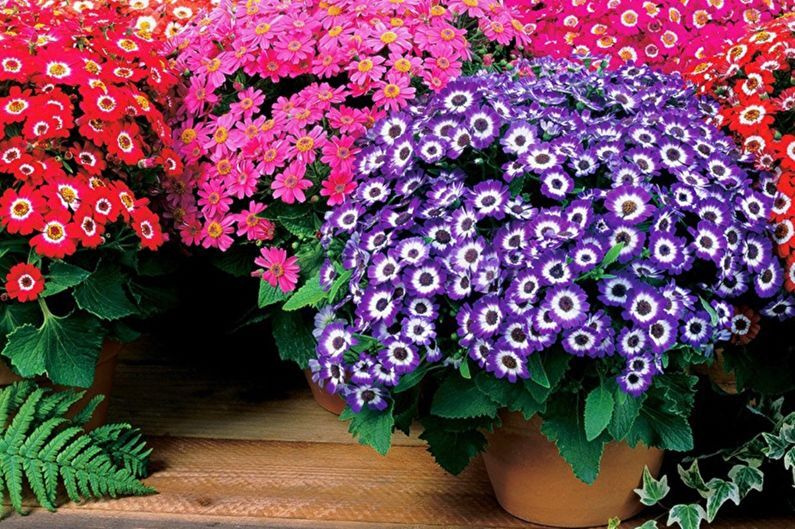
Types and varieties of cineraria
Cineraria is a plant of the Asteraceae family, which has many species and varieties. Some of them are widely used as indoor plants, while others are used as ornamental plants in the garden. Let's look at some of the most popular species and varieties of cineraria:
- Cineraria fasciculata — is a plant that blooms in the winter-spring period and has beautiful, blue or purple flowers collected in baskets. The leaves of the cineraria tufted are usually green and soft to the touch.
- Carrot cineraria — is a plant with delicate pink or white flowers that are collected in flat baskets. The leaves of carrot cineraria are dark green and have expressive veins.
- Cineraria argentea — is a plant with silvery-gray leaves and bright yellowish flowers. This type of cineraria is especially popular as a houseplant because of its unusual coloring.
- Indoor Cineraria — is a variety of cineraria that has become popular with many gardeners due to its bright, large flowers of various shades. Flowers of indoor cineraria can be red, pink, white, purple or blue.
- Cineraria chilean — is a type of cineraria that originates from Chile and Argentina. This cineraria has silvery leaves and bright orange flowers. This plant is a perennial in warm climates.
- Cineraria Cyprianica — is a type of cineraria that is commonly found in the Mediterranean region. Cyprian cineraria usually has small yellow or white flowers. And the leaves of this plant have a silvery or green tint.
Overall, knowing the different species and varieties of cineraria gives us more options when choosing the plant that is best suited to our specific conditions and preferences.
Possible diseases and ailments
Cineraria can become prey to various diseases and pests that can harm it and even lead to the death of the plant. Let's look at some of the most common problems that can occur with cineraria and what you can do to avoid them.
- Mealybug infestation — is an unpleasant disease that can affect cineraria. Mealybugs look like white cottony coatings on the leaves and stems of the plant. These insects suck the juice out of the plant, causing the leaves to turn yellow and dry out. Insecticides, both chemical and organic, can be used to control mealybugs.
- Root rot — is a disease that occurs when the roots of the cineraria are in soil that is too wet. This can cause the roots to rot, causing the plant to wilt and die. To avoid root rot, you need to control the frequency of watering and make sure the soil is well-drained.
- Leaf burns — This is a problem that can occur if the cineraria is exposed to direct sunlight in hot weather. This can cause intense drying of the leaves and the appearance of spots on the leaf blades, thereby introducing external changes. To avoid leaf burns, it is necessary to provide the cineraria with partial shade and a moderate watering regime.
In general, proper care and control of growing conditions, as well as timely measures to combat diseases and pests can prevent or reduce the risk of cineraria being affected by the problems described above.


